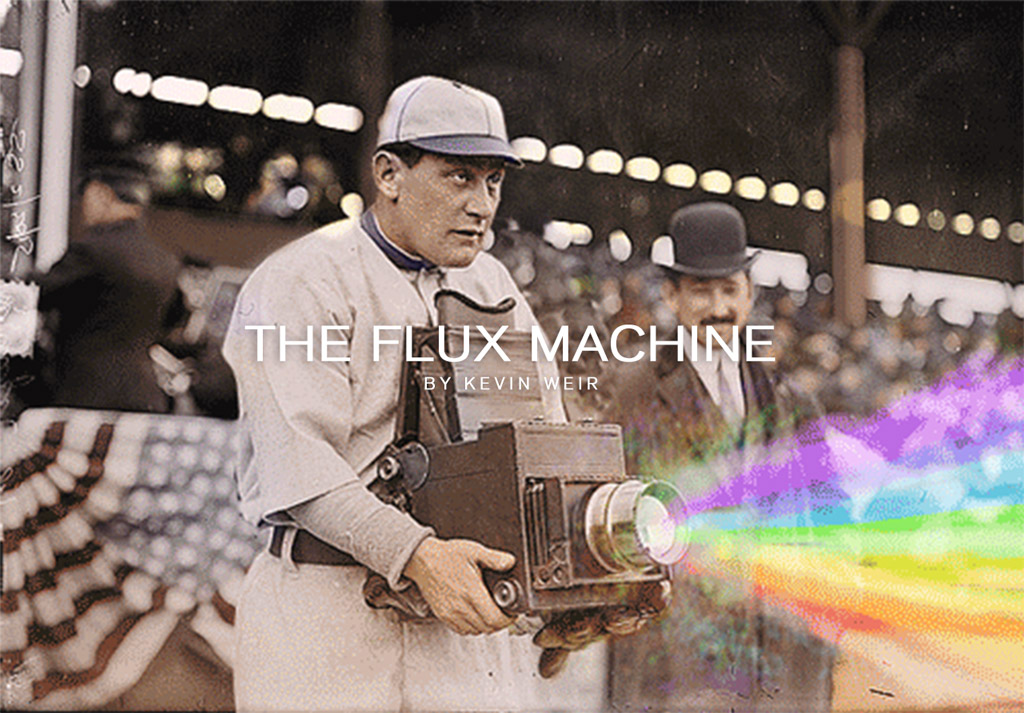Kevin Weir
stdClass Object
(
[type_alias] => com_content.article
[content_item_id] => 283
[core_content_id] => 150
[match_count] => 1
[tag_date] => 2015-09-30 12:57:48
[core_title] => The Flux Machine
[core_params] => Joomla\Registry\Registry Object
(
[data:protected] => stdClass Object
(
[show_title] =>
[link_titles] =>
[show_tags] =>
[show_intro] =>
[info_block_position] =>
[show_category] =>
[link_category] =>
[show_parent_category] =>
[link_parent_category] =>
[show_author] =>
[link_author] =>
[show_create_date] =>
[show_modify_date] =>
[show_publish_date] =>
[show_item_navigation] =>
[show_icons] =>
[show_print_icon] =>
[show_email_icon] =>
[show_vote] =>
[show_hits] =>
[show_noauth] =>
[urls_position] =>
[alternative_readmore] =>
[article_layout] =>
[show_publishing_options] =>
[show_article_options] =>
[show_urls_images_backend] =>
[show_urls_images_frontend] =>
[enable_artofcomments] =>
)
[initialized:protected] => 1
[separator] => .
)
[core_alias] => the-flux-machine
[core_body] =>
Kevin Weir’s Flux Machine swivels between two lines closely related to the theme of temporality: using the format of animated GIF, he gives static images infinite and recurrent movement, and integrating narrative elements into archival photographs he reinterprets its meaning. The resulting microfictions offer readings at different levels questioning our usual interpretation of archival materials and leading us to crossroads between the historic moment and the imagined action.
 Kevin Weir (USA) Grew up in the woods of rural upstate New York, just outside of Binghamton. He went to Penn State for his undergrad. Studied abroad in Australia. He got a masters at the VCU Brandcenter and, now, works as an art director at Droga5 in NYC. He is known worldwide for his animation project The Flux Machine, for which he uses the Bain Collection at the Library of Congress.
Kevin Weir (USA) Grew up in the woods of rural upstate New York, just outside of Binghamton. He went to Penn State for his undergrad. Studied abroad in Australia. He got a masters at the VCU Brandcenter and, now, works as an art director at Droga5 in NYC. He is known worldwide for his animation project The Flux Machine, for which he uses the Bain Collection at the Library of Congress.
[core_state] => 1
[core_access] => 1
[core_metadata] => {"robots":"","author":"Kevin Weir","rights":"","xreference":""}
[core_created_user_id] => 838
[core_created_by_alias] =>
[core_created_time] => 2015-04-17 17:52:28
[core_images] => {"image_intro":"images\/categories\/temporality\/weir.jpg","float_intro":"","image_intro_alt":"","image_intro_caption":"","image_fulltext":"images\/categories\/temporality\/weir.jpg","float_fulltext":"","image_fulltext_alt":"","image_fulltext_caption":""}
[core_modified_time] => 2015-09-30 17:57:48
[core_language] => en-GB
[core_catid] => 57
[core_publish_up] => 2015-04-17 17:52:28
[core_publish_down] => 0000-00-00 00:00:00
[content_type_title] => Article
[router] => ContentHelperRoute::getArticleRoute
[author] => Elisa Rugo
[author_email] => elisa@zonezero.com
[link] => index.php?option=com_content&view=article&id=283:the-flux-machine&catid=57&lang=en-GB
[displayDate] => 2015-04-17 17:52:28
[event] => stdClass Object
(
[afterDisplayTitle] =>
[beforeDisplayContent] =>
[afterDisplayContent] =>
)
[text] =>
Kevin Weir’s Flux Machine swivels between two lines closely related to the theme of temporality: using the format of animated GIF, he gives static images infinite and recurrent movement, and integrating narrative elements into archival photographs he reinterprets its meaning. The resulting microfictions offer readings at different levels questioning our usual interpretation of archival materials and leading us to crossroads between the historic moment and the imagined action.
 Kevin Weir (USA) Grew up in the woods of rural upstate New York, just outside of Binghamton. He went to Penn State for his undergrad. Studied abroad in Australia. He got a masters at the VCU Brandcenter and, now, works as an art director at Droga5 in NYC. He is known worldwide for his animation project The Flux Machine, for which he uses the Bain Collection at the Library of Congress.
Kevin Weir (USA) Grew up in the woods of rural upstate New York, just outside of Binghamton. He went to Penn State for his undergrad. Studied abroad in Australia. He got a masters at the VCU Brandcenter and, now, works as an art director at Droga5 in NYC. He is known worldwide for his animation project The Flux Machine, for which he uses the Bain Collection at the Library of Congress.
[id] => 283
[language] => en-GB
[catid] => 57
[jcfields] => Array
(
)
)
1
 Kevin Weir (USA) Grew up in the woods of rural upstate New York, just outside of Binghamton. He went to Penn State for his undergrad. Studied abroad in Australia. He got a masters at the VCU Brandcenter and, now, works as an art director at Droga5 in NYC. He is known worldwide for his animation project The Flux Machine, for which he uses the Bain Collection at the Library of Congress.
Kevin Weir (USA) Grew up in the woods of rural upstate New York, just outside of Binghamton. He went to Penn State for his undergrad. Studied abroad in Australia. He got a masters at the VCU Brandcenter and, now, works as an art director at Droga5 in NYC. He is known worldwide for his animation project The Flux Machine, for which he uses the Bain Collection at the Library of Congress.






















 Kevin Weir (USA) Grew up in the woods of rural upstate New York, just outside of Binghamton. He went to Penn State for his undergrad. Studied abroad in Australia. He got a masters at the VCU Brandcenter and, now, works as an art director at Droga5 in NYC. He is known worldwide for his animation project The Flux Machine, for which he uses the Bain Collection at the Library of Congress.
Kevin Weir (USA) Grew up in the woods of rural upstate New York, just outside of Binghamton. He went to Penn State for his undergrad. Studied abroad in Australia. He got a masters at the VCU Brandcenter and, now, works as an art director at Droga5 in NYC. He is known worldwide for his animation project The Flux Machine, for which he uses the Bain Collection at the Library of Congress.